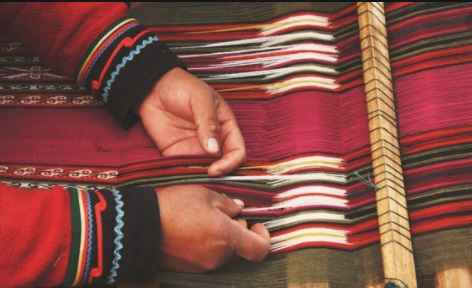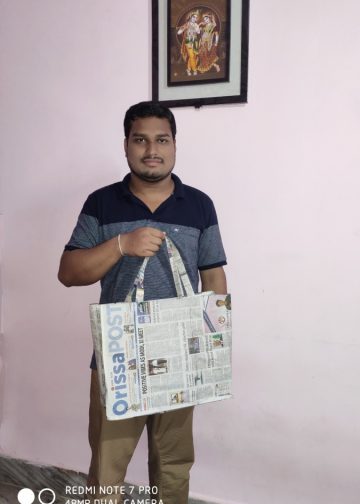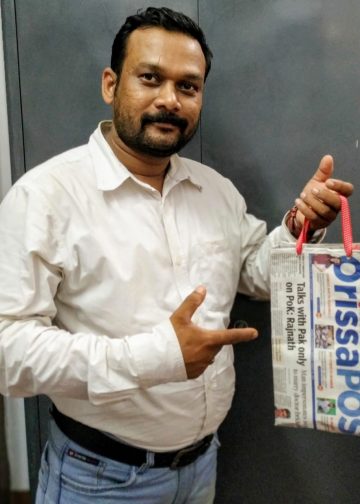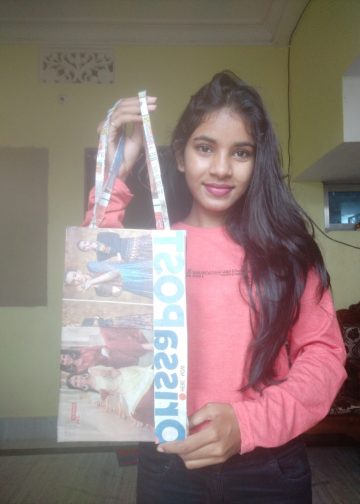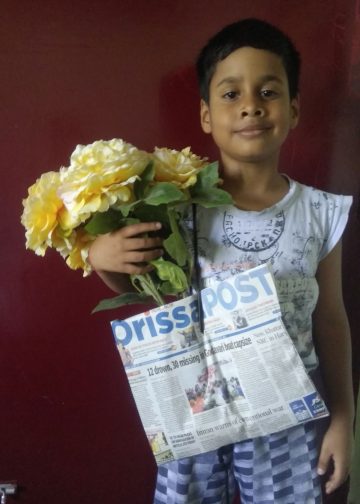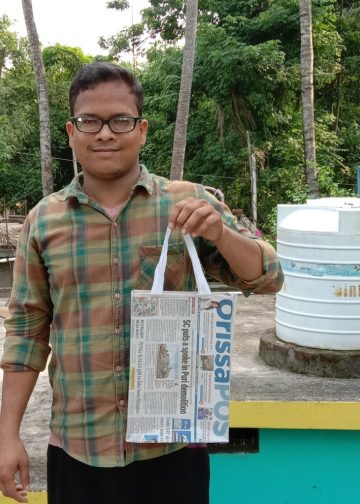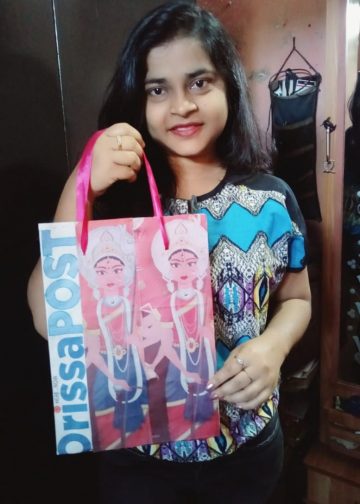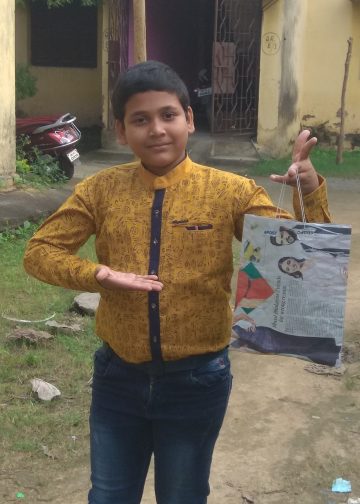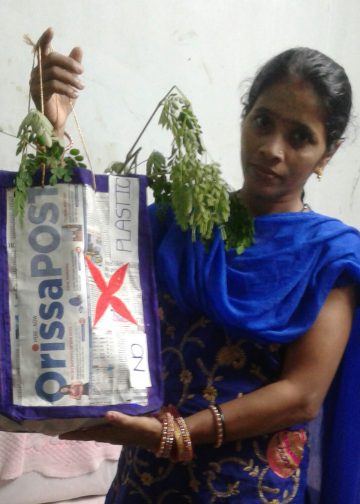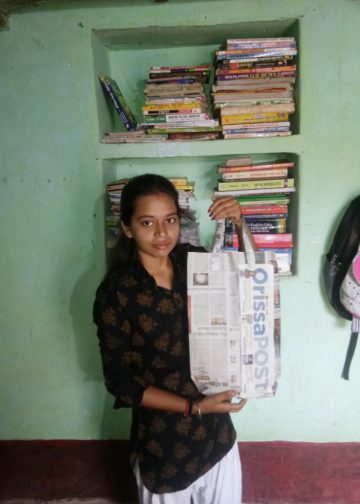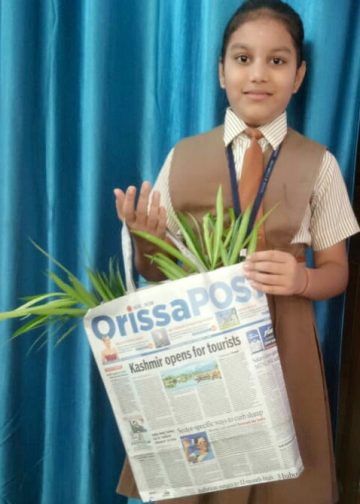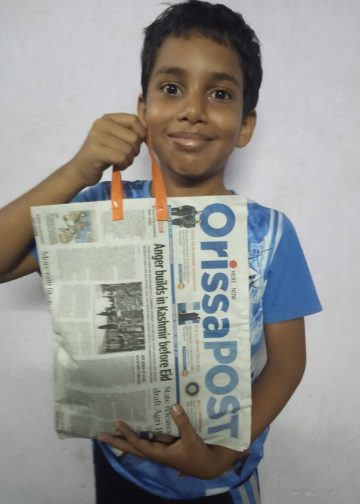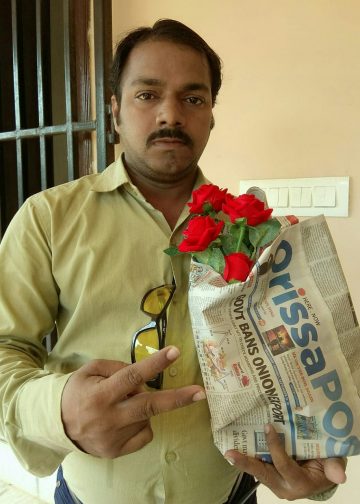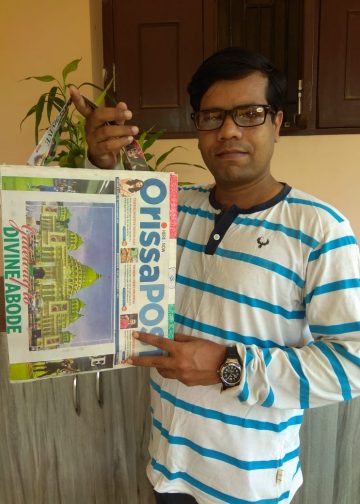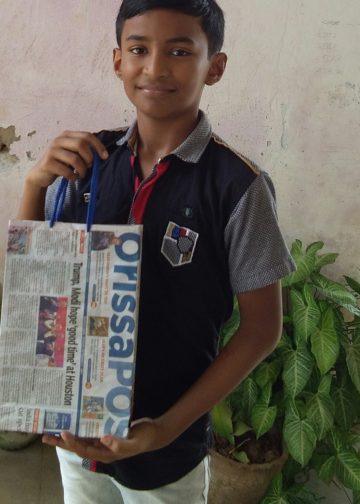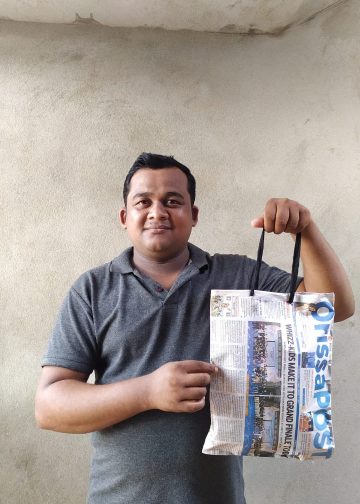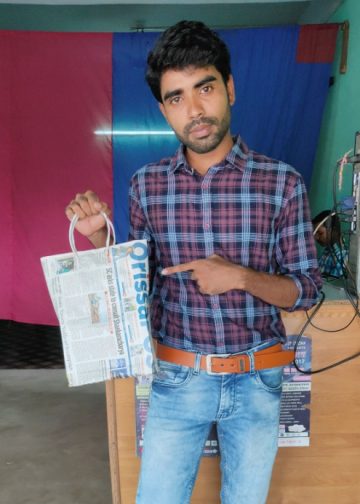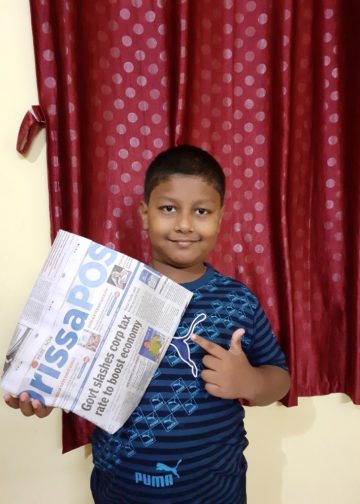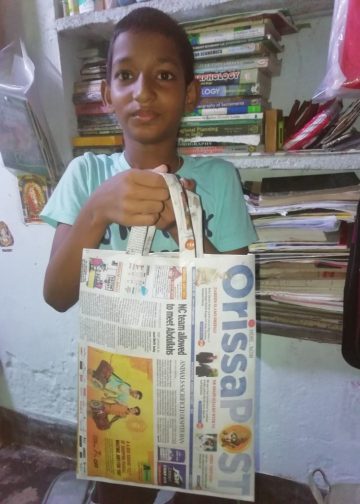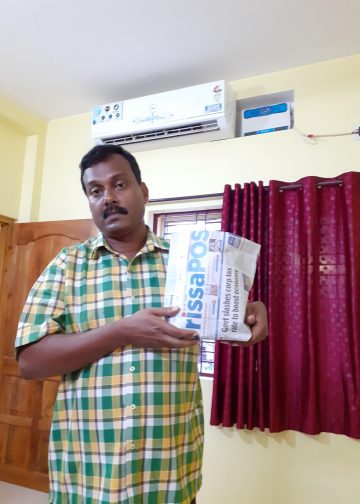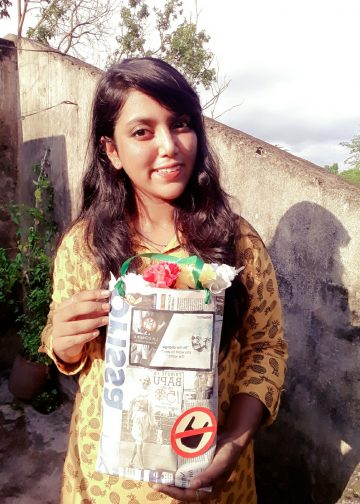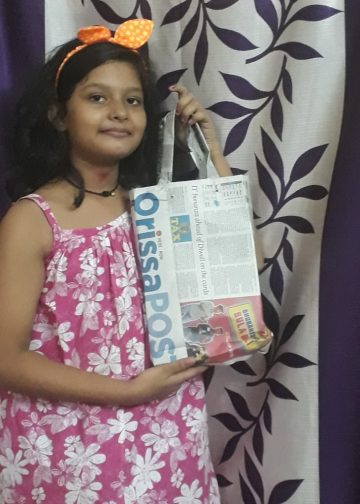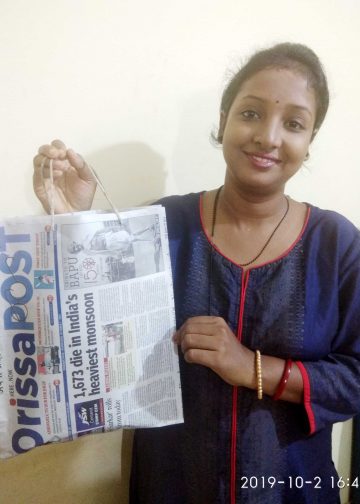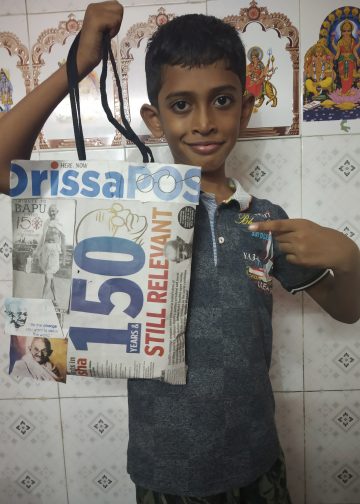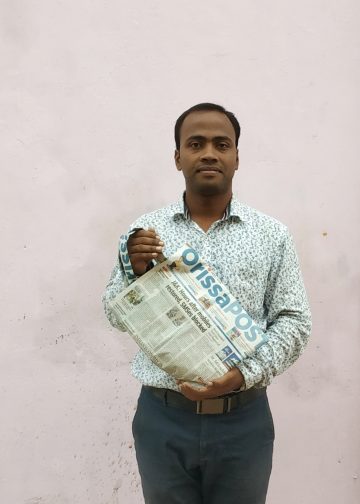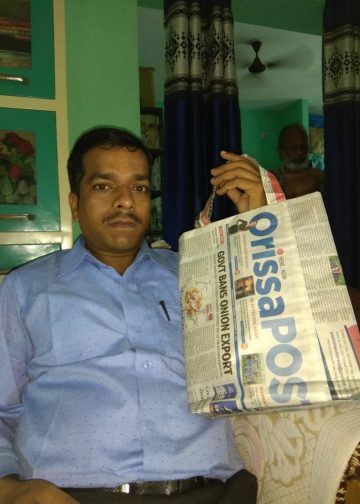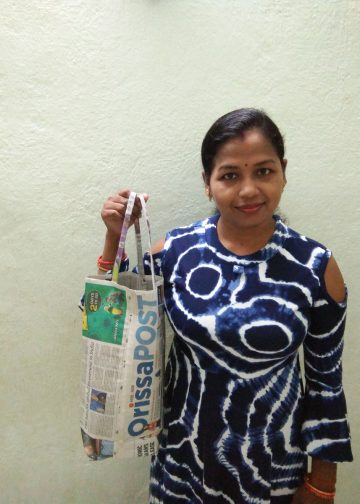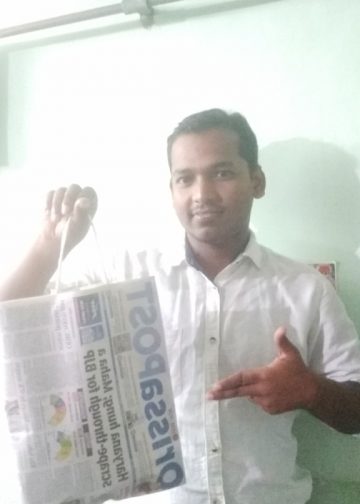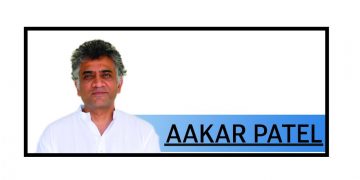Dr Sanjay Kumar Panda
Industrial Revolution and production of clothes by machines or power looms broke the monopoly of handloom in the textile sector. Plain clothes with less design were produced by power looms at a lesser price, which affected the market and the interests of the medium and low skilled weavers adversely. After Independence, government(s) both at central and state levels took several steps for supporting handloom weavers, so as to enable them ably face the competition from power looms. These included reservation for products, subsidy/rebate on sale, marketing through cooperatives and public sector, supply of raw material, working capital, infrastructure, setting up of work sheds, holding training sessions and introducing welfare measures.
Notwithstanding these, the number of active looms and weavers declined, as is evident from the Fourth Handloom Census 2019 in comparison with the First Handloom Census 1987. The number of active looms fell from 37.78 lakh to 21.78 lakh and number of fulltime weavers from 67.39 lakh to 35.22 lakh during this period. In Odisha, a major handloom producing state, the changes were from 1.19 lakh to 0.48 lakh in case of looms and from 2.47 lakh to 1.16 lakh in case of weavers. The problem of low and non-remunerative earnings has been the single most important factor behind this decline.
In rural economy, the weaver was producing for the local market. Availability of power loom clothes took away the major chunk of demand for ordinary day-to-day wears. Besides, alternative occupations came up in urban areas and service sectors. Government support was primarily targeted for protecting the low-skilled weavers while the skilled weavers had to fend for themselves.
The scenario was further affected by implementation of highly subsidised rural employment programmes like NREP and MGNREGA. Taking Odisha as an example, in 1990, the average daily earnings of a skilled weaver was around `200 a day, which was about eight times the wage for unskilled labour at the rate of `25 per day. By 2020, wage of the skilled weaver increased to around `500 per day, which is only 2.5 times the wage for unskilled labour at the rate of `207 a day. Over the last three decades, the daily wage for unskilled labour increased by eight times whereas the increase in case of a skilled weaver was only by 2.5 times. This relative deprivation and non-remunerative wage affected the economic conditions and social prestige of skilled weavers. This forced the younger generation to look for alternative occupation in the urban areas, like shop attendant and security guard. The future of handloom lies in a paradigm shift for addressing this ground reality and increasing earnings of the skilled weavers to a respectable level. Limitations in the producer weaver getting market information, marketing products through government-controlled cooperative/corporation, and intermediaries taking the bulk of the margin which hindered the growth in the past are required to be addressed. This will be possible by connecting the producer weavers living in the rural area directly with the consumer having paying capacity and taste/liking for handmade products, living in the urban area/abroad by digital connectivity.
The success of JAM (Jandhan, Aadhaar, Mobile) experiment is required to be extended for promoting handloom-based on the “produce locally & market globally” strategy, which will increase the earnings of weavers substantially. Digital connectivity based transactions will eliminate middlemen, reduce transaction cost, provide information on customers’ preference about design, and products to the skilled weaver on a real-time basis, increase earnings of weavers and enthuse the younger generation to continue in the field and reduce the cost of fabrics for the consumer, which will increase the demand further.
This business model will be weaver-centric and driven by enterprising start-ups, preferably from the weavers’ families. It will generate wealth, foreign exchange and employment, which are critical for sustainable development.
Instead of looking to cooperatives or corporations for marketing, the new generation of educated and technically empowered weaver will explore the market, get consumers’ choice, produce accordingly and then despatch, sell and get the sale value all online.
The process of empowering the weavers is required to be supported with setting up of physical infrastructure, like a Common Facility Centre (CFC) at village level for each group of weavers. CFC will have facilities including a godown for storing raw material and finished product, an office with reliable power supply and internet connectivity, a shed for decentralised training, and a guest room, all to be arranged at a cost of Rs 2 crore. This facility will enable the weaver to take up processing, dyeing, warping as per standards with quality, and in bulk. This will remove defects at pre-weaving stage.
CFC may be managed by a producers’ company with the weaver members. CFC can be financed under the approved scheme of Development Commissioner for Handloom (DC HL) as well as under Corporate Social Responsibility, initiative, and other ongoing schemes like District Mineral Development Fund and MPLAD.
The second critical input relates to the provision of technical assistance for quality designing and dyeing, which is the responsibility of the Weaver Service Centre (WSC) under DC HL. WSCs are required to be adequately strengthened with staff having technical (diploma in handloom) and administrative skills in information technology, accounting, marketing and exports. Supply of quality raw materials like yarn, dyes and chemicals, as also weaving accessories at a reasonable price and in time has to be ensured. In accordance with the government policy for minimising government interventions, ongoing schemes like Hank Yarn Obligation and mill gate delivery may be replaced by online transfer of assistance for supporting active weavers.
Provision of institutional finance by commercial banks is another important area. Sanction of Mudra Loan without any collateral in adequate quantity and in time to the weavers and entrepreneurs along with mentoring may be done in a proactive manner. Branding and quality control are essential for gaining consumers’ confidence and success of online marketing. Launching of the India Handloom Brand on 7th August 2015 was a trendsetter.
Handloom, being the mother of weaving and fashion, students and faculty of National Institute of Fashion Technology and other such institutes may engage with handloom weavers, which will create a win-win situation for learning and guiding respectively.
As a result of the pandemic, a large number of migrant labours have returned to their native villages and are looking for livelihood. It will be worthwhile to explore and assist the migrant labour with weaving background for setting up their weaving enterprise. As handloom weaving protects tradition and culture and serves the disadvantaged segments, resource allocation by the government needs to be stepped up and directed to the areas indicated above.
The writer is former Secretary, Textiles, Govt of India, and former Director of Textiles, Odisha.

